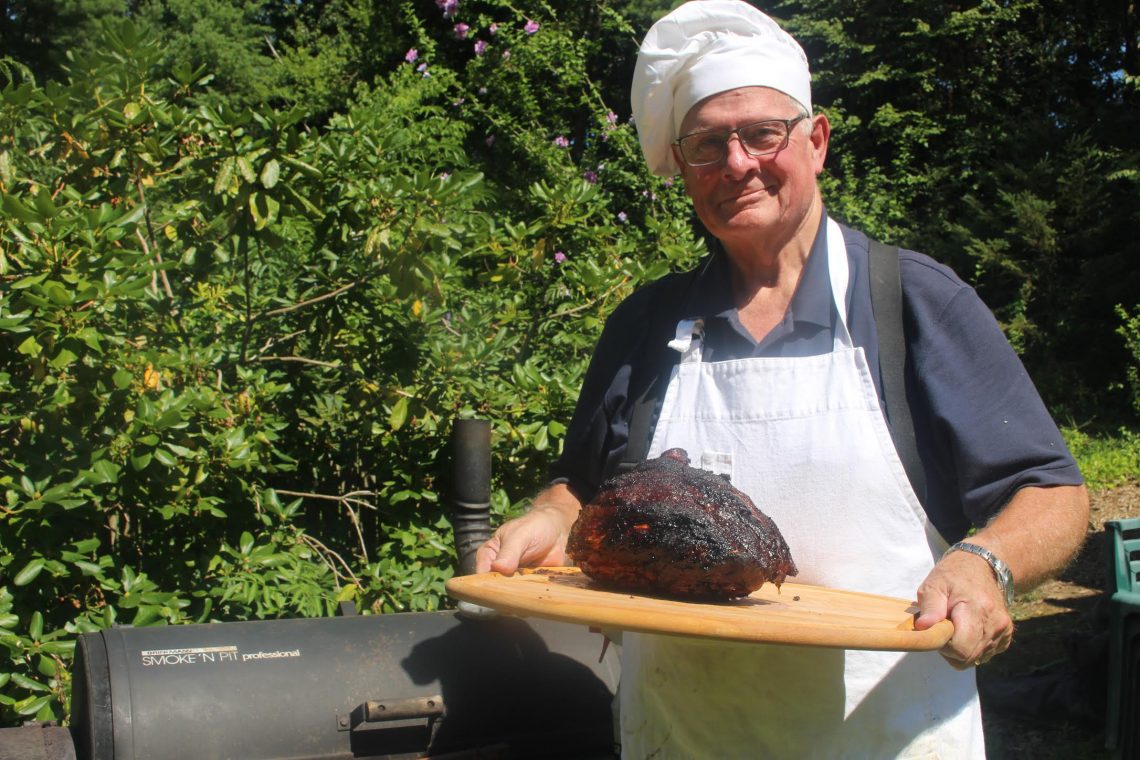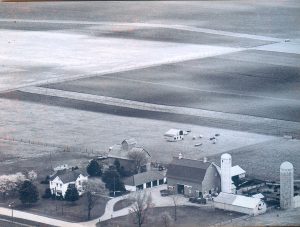
About the Farmboy
Yes, I grew up on a 400-acre farm in the middle of the corn belt. Besides learning how to drive a tractor and plow a field by the time I was in third grade, my mother insisted that I learn how to cook when I was in my teens. She wanted to insure that I wouldn’t be consigned to marry a woman merely to eat. That was in the 1950s. In the ensuing decades, I’ve honed my ability to cook a meal. About 10 years ago, I volunteered to take responsibility for the meals and the shopping in our household.

I’d like to share what I’ve learned about making a meal and satisfying the palates of my fellow diners. Each of us has taste preferences that were partly fashioned by our family heritage. I’d like to encourage a conversation about our food that will help us all to expand the scope and breadth of our menus. We can expand our own comfort zones and learn from one another.
My own food foundation was built upon the experiences of a heavily Scandinavian farming area in northern Illinois. Our farm produced corn, oats, and hay that was used to fatten about 200 beef cattle and a few hundred hogs. We also had chickens, horses, sheep, and a mongrel dog named Pup. Our nearest neighbor was a mile distant, and the nearest well-stocked grocery store was seven miles away. It was meat and potatoes country with Sunday smorgasbords at the local churches.
I didn’t stay there. After college, I moved to Boston in 1967. It provided a different food experience with people who had highly varied food backgrounds and cultures. Flash forward to today, when I live in an area north of Boston where several farmers markets sell fresh produce and locally grown meats. In addition, of course, fresh-caught fish and shellfish is readily available.
With everybody looking for something new to prepare, something different to feed the family, let’s share some ideas. In my weekly menu planning, I use a number of online sources to garner new menu ideas. I try to focus on healthy, low-cal recipes that not only provide culinary variety, but that also take advantage of fresh ingredients that are currently available locally, especially vegetables and fruits. The goal is a variety of meals – some with chicken or pork, some vegetarian, and occasionally some beef. No exotic ingredients; no hard-to-find components; and a meal that comes together usually in an hour or less. Buying from local producers means that not only are you supporting them, the ingredients are fresher and more nutritious. And buying local also means that you’re contributing to the environmental sustainability by reducing transport resources and food waste.
Let’s work together by comparing ideas. Discussing the dishes that comprise our shared histories should provide a platform where we can all expand our culinary horizons. I’ll try to introduce some potential food ideas to you, and I believe that your comments, criticisms, and ideas on this social platform will help us all to learn from each other. Let’s make cooking enjoyable and fun. Together.
For more of my background, here’s “A Guy’s Gotta Eat.”